My China Story | Mexican Woman Has Decades-Long Bond with China
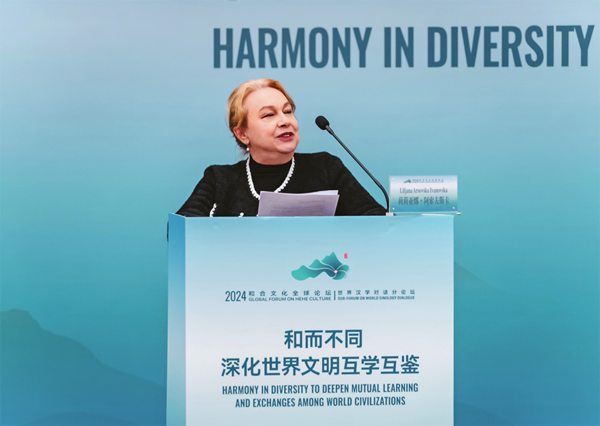
Liljana Arsovska is a renowned sinologist and translator from Mexico. She has been devoted to teaching Chinese and researching and translating contemporary Chinese publications for more than three decades. She has also served as Chinese interpreter during many high-level meetings between Chinese and Mexican leaders. Arsovska has been referred to as the envoy of cultural exchanges between Mexico and China thanks to her outstanding contributions to the friendly cooperative relations between the two countries, and to her efforts to share Chinese culture in Mexico.
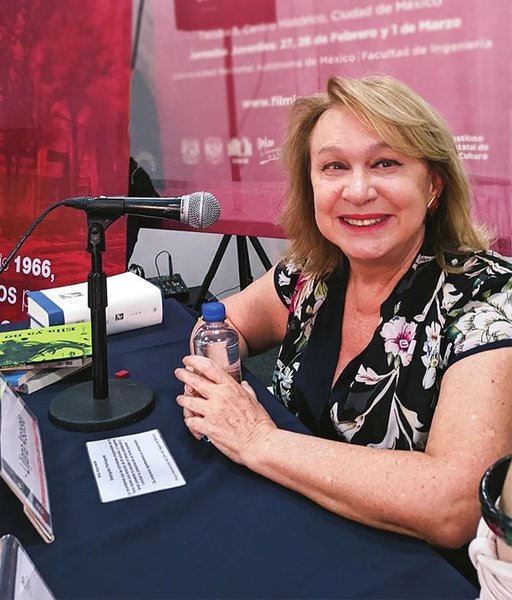
Encountering China
Arsovska was born in former Yugoslavia. After she graduated from high school, in 1981, she won a scholarship that would support her while she studied in a foreign country.
Given her curiosity about China, she chose to study Chinese language at Beijing Language and Culture University (BLCU), in China, from 1981 to 1984. Since then, she has had an insoluble bond with China.
Initially, Arsovska found it difficult to adapt to the new environment and culture. However, the care and kindness she received from people around her gradually eased her anxiety and, over time, helped her develop a sense of belonging.
"At that time, my Chinese teachers were more like my parents. I will never forget their kindness. Having my teachers by my side made me feel at home," Arsovska recalls.
She studied hard, and she often participated in various students' activities. During one activity, at Badaling Great Wall, in Beijing, she met an international student from Mexico. They began dating and eventually married.
After she graduated from BLCU, in 1984, Arsovska moved to Mexico with her husband. She eventually became a citizen of Mexico.
She worked at the Center for Asian and African Studies, at the College of Mexico, where she taught Chinese and conducted research in sinology. She also studied under Flora Botton Beja, a famous sinologist in Mexico, as she worked toward a master's degree in sinology.
Arsovska eventually returned to BLCU, where in 2002 she obtained a Ph.D. in comparative literature and world literature.
Through her years of teaching and conducting research, Arsovska has realized language is the key to understanding a country's culture, and especially that sinology requires a deep understanding of the Chinese language.
For a long time, most of the Chinese textbooks and reference books in Spanish-speaking countries were English translations. Arsovska was determined to change that situation.
After summarizing her more than 20 years of experience in sinology research, she compiled Practical Chinese Grammar, the first Spanish-language Chinese-grammar textbook in Latin America for Chinese-language learners. The book, released in 2011, provides a detailed explanation of the pronunciation, writing style and syntax of Chinese, with a particular emphasis on analyzing vocabulary and grammar knowledge through sentence structure. The book marked a milestone in sinology research in Mexico.
Arsovska began working as an interpreter in 1988. Two years later, she received an "unexpected Opportunity" during an international conference. She was asked to replace a Mexican interpreter at the last minute. "I was 25 years old at the time, and I was so nervous that I felt the air freeze," Arsovska recalls.
Arsovska gained experience at being a highly qualified interpreter during that conference. After, she was named the chief Chinese interpreter in the Mexican president's office. Among her duties, she was tasked with interpreting meetings between the leaders of China and Mexico.
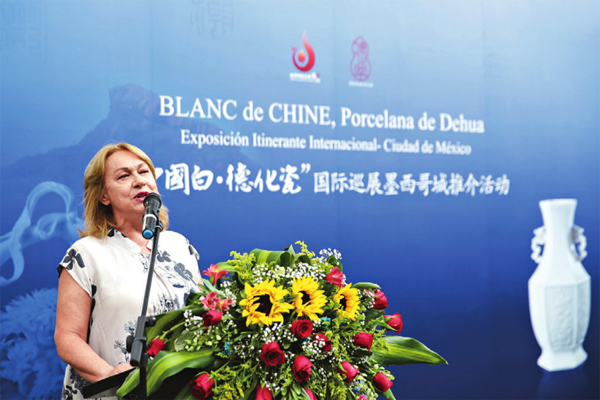
Literature Connects Chinese, Mexican Cultures
Literature was the gateway to Chinese culture for Arsovska. While she was a student at BLCU, she developed an interest in Dream of the Red Chamber, written by Cao Xueqin during the Qing Dynasty (1616-1911). The book is one of the Four Great Classics of Chinese Literature.
Due to barriers, including language, culture and lack of knowledge about China's Qing Dynasty, Arsovska had a difficult time reading Dream of the Red Chamber. Her enthusiasm never waned. As she continued reading the book, the epic work, which detailed the rise and fall of a large family, reminded her of another masterpiece, One Hundred Years of Solitude, by Colombian writer Gabriel Garcia Marquez (1927-2014).
"I admire the resilience, happiness and wisdom of Grandmother Jia in Dream of the Red Chamber. Like Ursula, in One Hundred Years of Solitude, Jia plays the role of the 'mother' of the entire family. I am also deeply impressed by Wang Xifeng, who is bold and capable, Xue Baochai, who is gentle and generous, and Granny Liu, who is passionate about life," Arsovska says.
Both books meant a lot to Arsovska. In fact, her undergraduate thesis was titled Comparison of Women Characters in One Hundred Years of Solitude and Dream of the Red Chamber. Eileen Chang (1920-1995) is one of Arsovska's favorite Chinese writers. "She was so elegant and charming. Her works meticulously and profoundly depict and analyze the fate and psychology of women in traditional society," Arsovska says.
Arsovska is passionate about translating contemporary Chinese literature. For more than 30 years, she has translated literature by Chinese writers, including Chang and Tie Ning. In 2014, Arsovska was honored with the 8th Special Book Award of China.
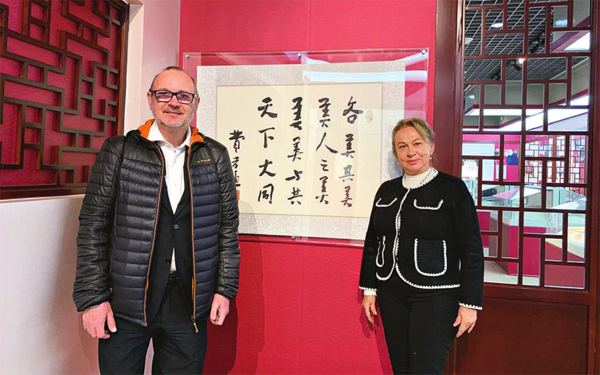
"Contemporary Chinese literature is a window that reflects today's China. Realistic works reflect Chinese society more realistically than academic articles sometimes. We can see a vibrant and developing China vividly, and understand the daily lives and real ideas of Chinese people," Arsovska says.
She says it is important to integrate Chinese culture into her translations. She believes only by deeply understanding and loving Chinese culture can one translate works with true charm and soul. Therefore, she has always maintained her awe of and love for Chinese culture, and she has always strived to preserve the style of the original work while allowing Mexican readers to feel the charm of Chinese culture.
Arsovska is currently a professor, and an expert, in China issues at the Center for Asian and African Studies, at the College of Mexico. In recent years, she has organized and participated in various cultural exchanges between China and Mexico.
In 2012, Arsovska organized the first International Chinese Language Teaching Seminar held in Mexico City. It has since been held an additional five times.
Arsovska has been invited to various academic events, including the World Conference of Sinologists and the China Mexico Forum on Sinology and Cultural Development, throughout the years. Such activities not only promote cultural exchanges and cooperation between China and Mexico, but also enable Mexicans to understand, and fall in love with, Chinese culture.

'China Has Made Me Who I Am'
Arsovska first visited China in 1981; as such, her story with China has lasted more than 40 years. When she was in China, she obtained new knowledge, encountered true love of life and achieved self-growth. Her feelings for China continue to deepen. "Not loving China means not loving myself, because China has made me who I am today," she says.
Arsovska's deep feelings for China have influenced her family. Her youngest son completed his education in China. He started a family and established his career in Xiamen, a city in southeast China's Fujian Province.
At the end of 2024, Arsovska visited Xiamen, to enjoy a wonderful vacation with her son's family. The visit allowed her an opportunity to experience differences between Chinese and Western cultures more deeply. One of her current research projects is about the differences between Chinese and Western cultures.
Arsovska says the tremendous changes in China over the past few decades have surprised Chinese and, more so, foreigners. "Many things have impressed me a lot, such as the convenience of life, public safety, application of technology in daily life, cashless payments, delivery services and the transportation infrastructure," she says.
During her spare time, Arsovska likes to travel around China, and she especially enjoys seeing the country's magnificent landscapes. "Besides Beijing and Xiamen, I have been to many other places in China. Last summer, I was fortunate enough to be invited by the Chinese Writers' Association to visit northwest China's Xinjiang Uygur Autonomous Region," she says. Her travels throughout China have enabled her to gain a deeper understanding of the diversity and richness of Chinese culture.
Arsovska continues to organize and participate in cultural exchanges between China and Mexico. "I hope to have a better understanding of China, and to enable Spanish-speaking countries to know China better through my efforts. In the future, I will continue providing information to the world, through my research into the Chinese language and China, and I will do my best to help more readers in Spanish-speaking countries feel the changes in China from literature," Arsovska says.
Photos from Interviewee
(Women of China English Monthly May 2025)
Editor: Wang Shasha
Please understand that womenofchina.cn,a non-profit, information-communication website, cannot reach every writer before using articles and images. For copyright issues, please contact us by emailing: website@womenofchina.cn. The articles published and opinions expressed on this website represent the opinions of writers and are not necessarily shared by womenofchina.cn.

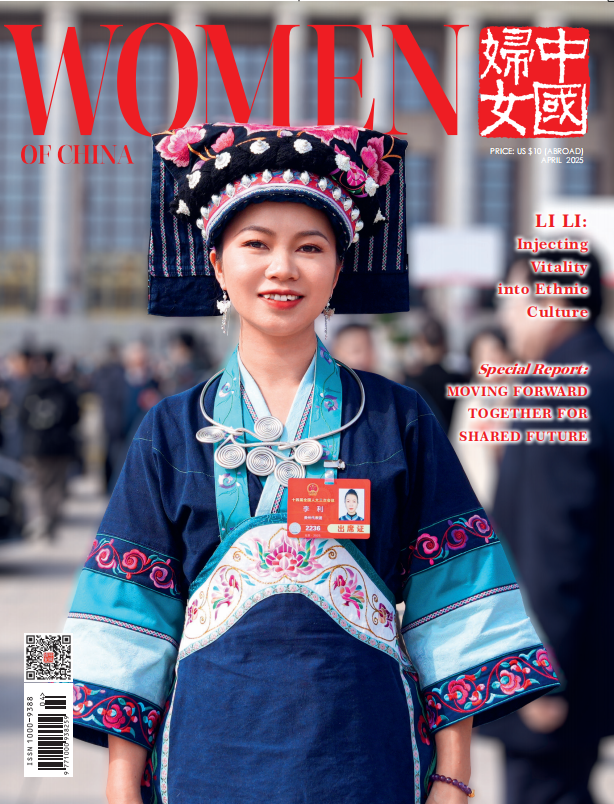





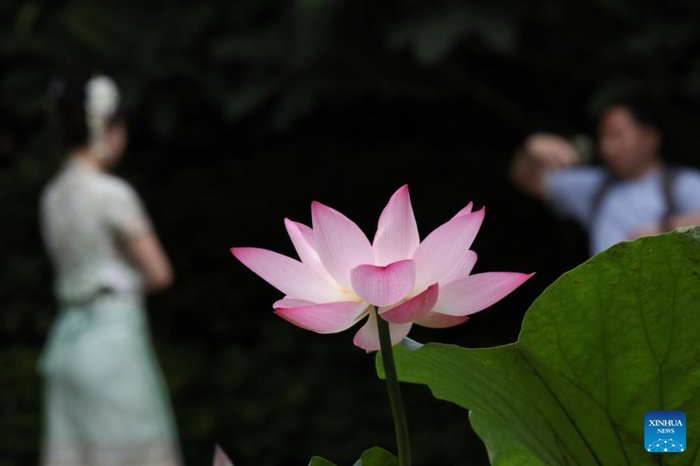
.jpg)

 WeChat
WeChat Weibo
Weibo 京公网安备 11010102004314号
京公网安备 11010102004314号